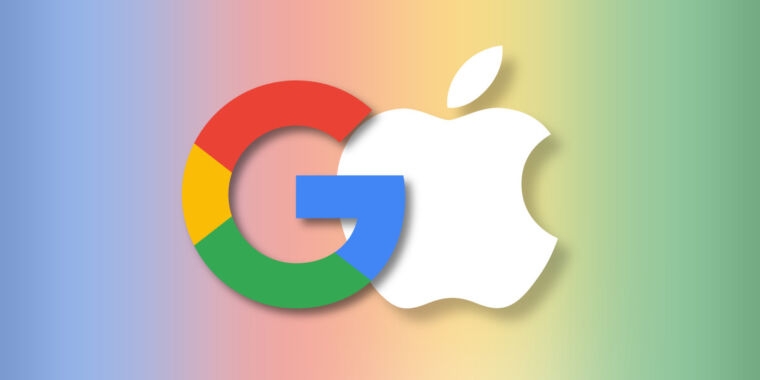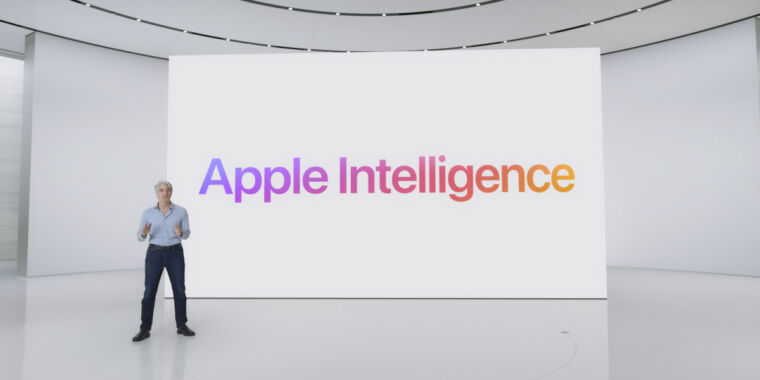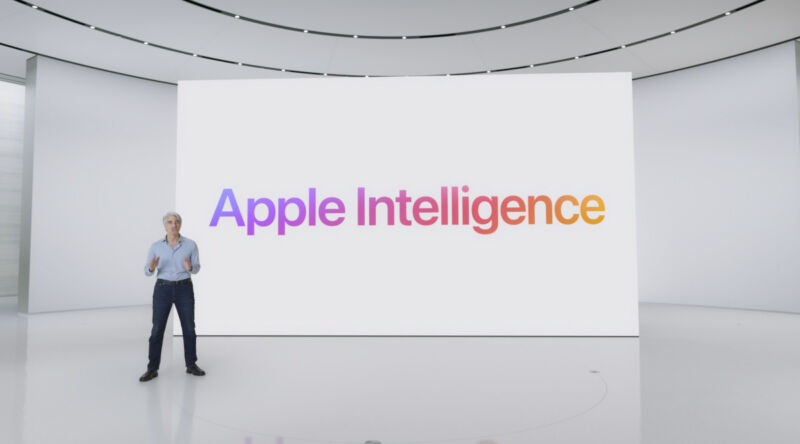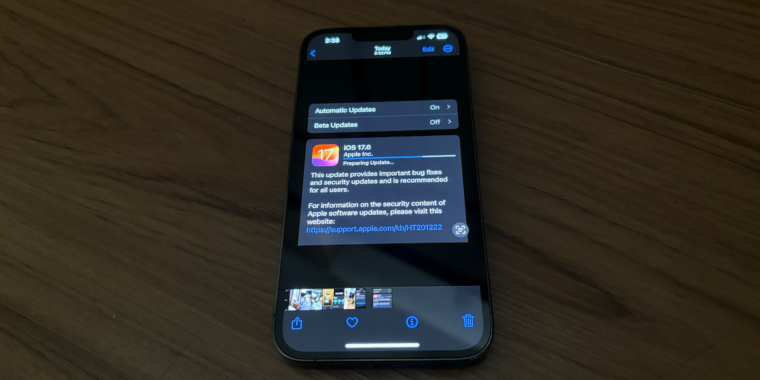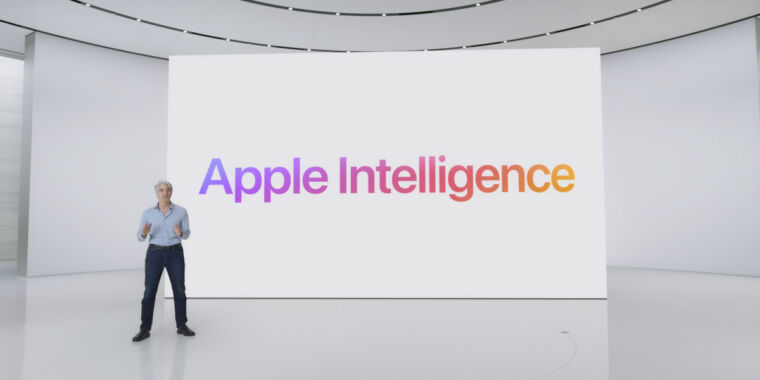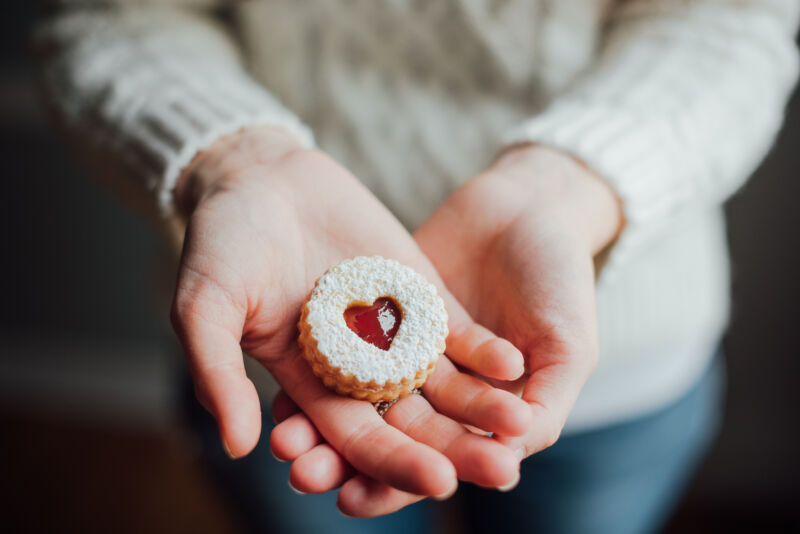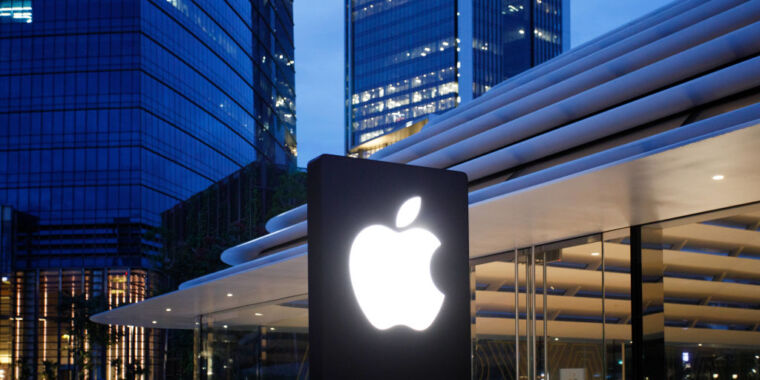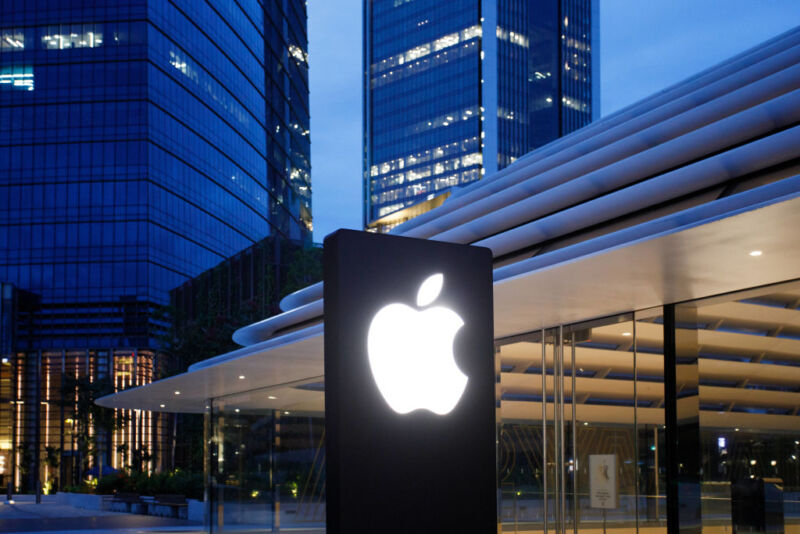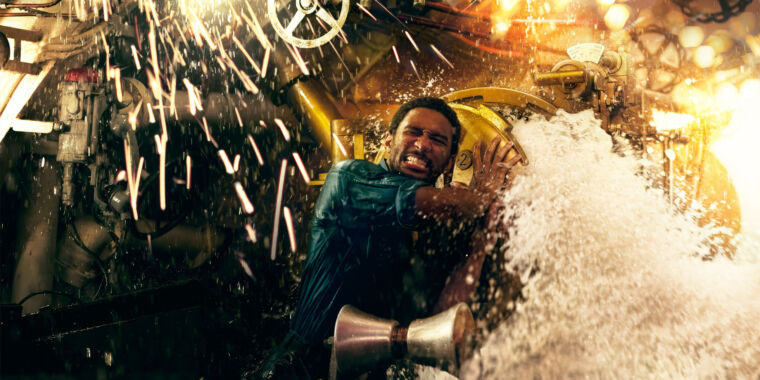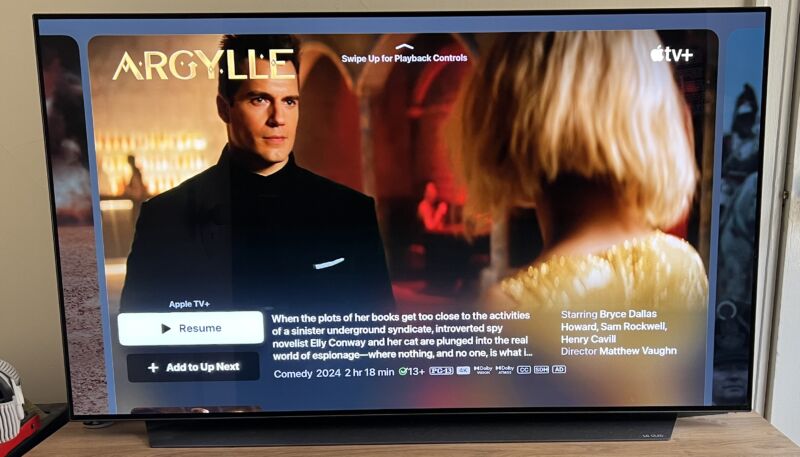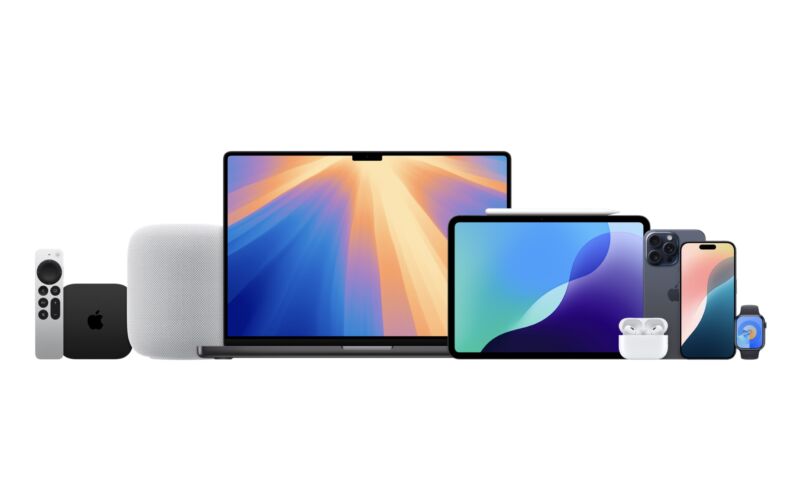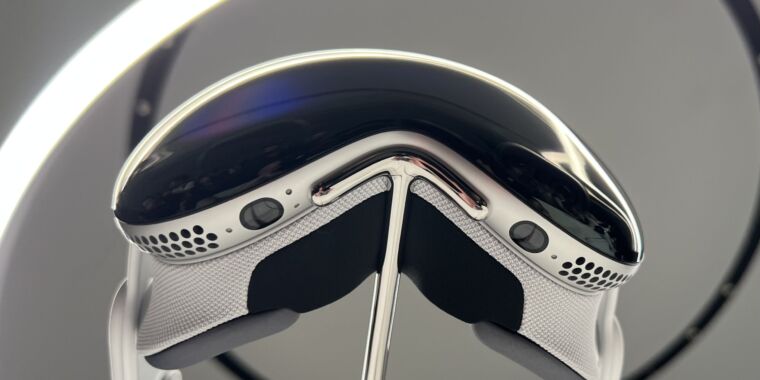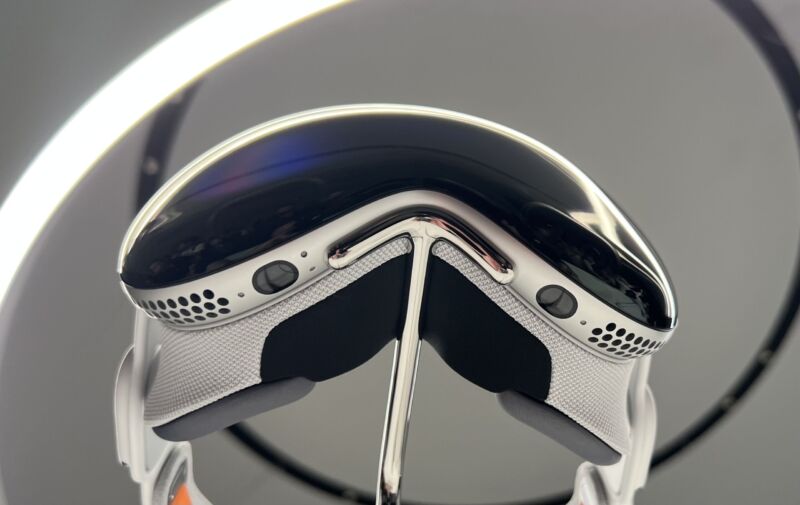Google antitrust verdict leaves Apple with “inconvenient alternatives”
trustbusting —
A reliable source of billions of dollars in income is at risk for the iPhone maker.
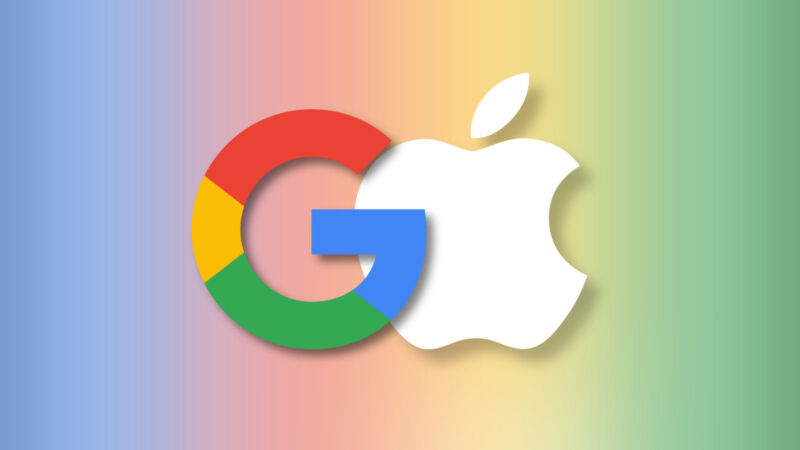
Benj Edwards
The landmark antitrust ruling against Google on Monday is shaking up one of the longest-standing partnerships in tech.
At the heart of the case are billions of dollars’ worth of exclusive agreements Google has inked over the years to become the default search engine on browsers and devices across the world. No company benefited more than fellow Big Tech giant Apple—which US District Judge Amit Mehta called a “crucial partner” to Google.
During a weekslong trial, Apple executives showed up to explain and defend the partnership. Under a deal that first took shape in 2002, Google paid a cut of search advertising revenue to Apple to direct its users to Google Search as default, with payments reaching $20 billion for 2022, according to the court’s findings. In exchange, Google got access to Apple’s valuable user base—more than half of all search queries in the US currently flow through Apple devices.
Since Monday’s ruling, Apple has been quiet. But it is likely to be deeply involved in the next phase of the case, which will address the proposed fix to Google’s legal breaches. Remedies in the case could be targeted or wide-ranging. The Department of Justice, which brought the case, has not said what it will seek.
“The most profound impact of the judgment is liable to be felt by Apple,” said Eric Seufert, an independent analyst.
JPMorgan analysts wrote that the ruling left Apple with a range of “inconvenient alternatives,” including the possibility of a new revenue-sharing agreement with Google that does not grant it exclusive rights as the default search engine, thereby reducing its value.
Reaching revenue-sharing deals with alternative search engines like Microsoft’s Bing, they wrote, would “offer lower economic benefits for Apple, given Google’s superior advertising monetisation.”
Mehta noted in his ruling that the idea of replacing the Google agreement with one involving Microsoft and Bing had come up previously. Eddy Cue, Apple’s senior vice-president of services, “concluded that a Microsoft-Apple deal would only make sense if Apple ‘view[ed] Google as somebody [they] don’t want to be in business with and therefore are willing to jeopardize revenue to get out. Otherwise it [was a] no brainer to stay with Google as it is as close to a sure thing as can be,’” Mehta wrote.
Apple could build its own search engine. It has not yet done so, and the judge in the case stopped short of agreeing with the DoJ that the Google deal amounted to a “pay-off” to Apple to keep it out of the search engine market. An internal Apple study in 2018, cited in the judge’s opinion, found that even if it did so and maintained 80 percent of queries, it would still lose $12 billion in revenue in the first five years after separating from Google.
Mehta cited an email from John Giannandrea, a former Google executive who now works for Apple, saying, “There is considerable risk that [Apple] could end up with an unprofitable search engine that [is] also not better for users.”
Google has vowed to appeal against the ruling. Nicholas Rodelli, an analyst at CRFA Research, said it was a “long shot,” given the “meticulous” ruling.
Rodelli said he believed the judge “isn’t likely to issue a game-changing injunction,” such as a full ban on revenue-sharing with Apple. Depending on the remedy the judge decides for Google’s antitrust violations, Seufert said Apple could “either be forced to accept a much less lucrative arrangement with Microsoft [over Bing] or may be prevented from selling search defaults at all.”
“It’s certainly going to adjust the relationship between Google and Apple,” said Bill Kovacic, a former Federal Trade Commission chair and professor of competition law and policy at George Washington University Law School.
Mozilla’s funding may be at risk
Apple is not the only company potentially affected by Monday’s ruling. According to the court, Google’s 2021 payment to Mozilla for the default position on its browser was more than $400 million, about 80 percent of Mozilla’s operating budget. A spokesperson for Mozilla said it was “closely reviewing” the decision and “how we can positively influence the next steps.”
Meanwhile, the search market is undergoing a transformation, as companies such as Google and Microsoft explore how generative AI chatbots can transform traditional search features.
Apple’s partnership with OpenAI, announced in June, will allow users to direct their queries to its chatbot ChatGPT. A smarter Siri voice assistant powered by Apple’s own proprietary AI models will also create a new outlet for user queries that might otherwise go to Google. Apple’s models are trained using Applebot, a web crawler that, much like the technology behind a search engine, compiles public information from across the Internet.
Traditional search is showing no signs of slowing. Research from Emarketer finds that, in the US alone, spend on search advertising will grow at an average of about 10 percent each year, hitting $184 billion in 2028. Google, the dominant player by a long shot, captures about half of that spend. Apple’s current deal with Google would have allowed it to unilaterally extend the partnership into 2028.
The Cupertino, California-based iPhone maker has its own antitrust battle to wage. The DoJ’s antitrust division, led by Jonathan Kanter, filed a sweeping lawsuit against Apple in March, making it the latest Big Tech giant to be targeted by the Biden administration’s enforcers.
The legal troubles reflect an ongoing decline in Apple’s relationship with policymakers in Washington, despite an effort by chief executive Tim Cook to step up the company’s lobbying of the Biden White House, according to research by the Tech Transparency Project. TTP found that Apple spent $9.9 million on lobbying the federal government in 2023—its highest in 25 years, though still much lower than the likes of Google, Amazon, and Meta.
© 2024 The Financial Times Ltd. All rights reserved. Not to be redistributed, copied, or modified in any way.
Google antitrust verdict leaves Apple with “inconvenient alternatives” Read More »
